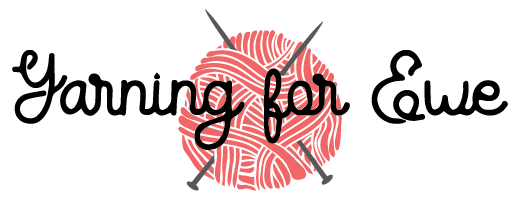Building in Lace - Section 2
By now, you should be finished with Section 1, including the decrease row and the top border. (I recommend inserting a lifeline here). Now, you're ready to complete the set up row for Section 2, followed by Rows 2 through 4 of the lace pattern (read: stockinette stitch). The instructions are on page 16. Remember–you're skipping Row 1 after completing the Set Up Row.
I want to point out that the lace repeat consists of 20 rows, even though the written instructions only go up to row 19. Row 20 (and all even numbered rows) is a purl row.
In this sections, we're going to use yarn overs, k2togs, ssks, which you should already be familiar with. The new techniques we'll learn are PKOKs ("peacock" even though it does not look like a bird) and Japanese bobbles. Note that the Japanese bobble involves the Central Double Decrease you did in the Section 1.
Remember–these are new techniques. They might be awkward and fiddly, but they're definitely not scary.
If you've made bobbles before, you know they get tedious because you have to keep turning your work over and over and over for a handful of stitches. You can avoid the endless turning by "backwards" or "mirror" knitting. Staci Perry has a great video explaining backwards knitting. Yes, it's tedious and awkward at first, but it does get easier with practice. It's really handy for bobbles, short rowing, entrelac, and a few other techniques that involve turning your work several times to work only a few stitches at a time.
Also, here is a handy video by Patty Lyons demonstrating how to unknit decreases, including k2togs, ssks, and CDDs.

